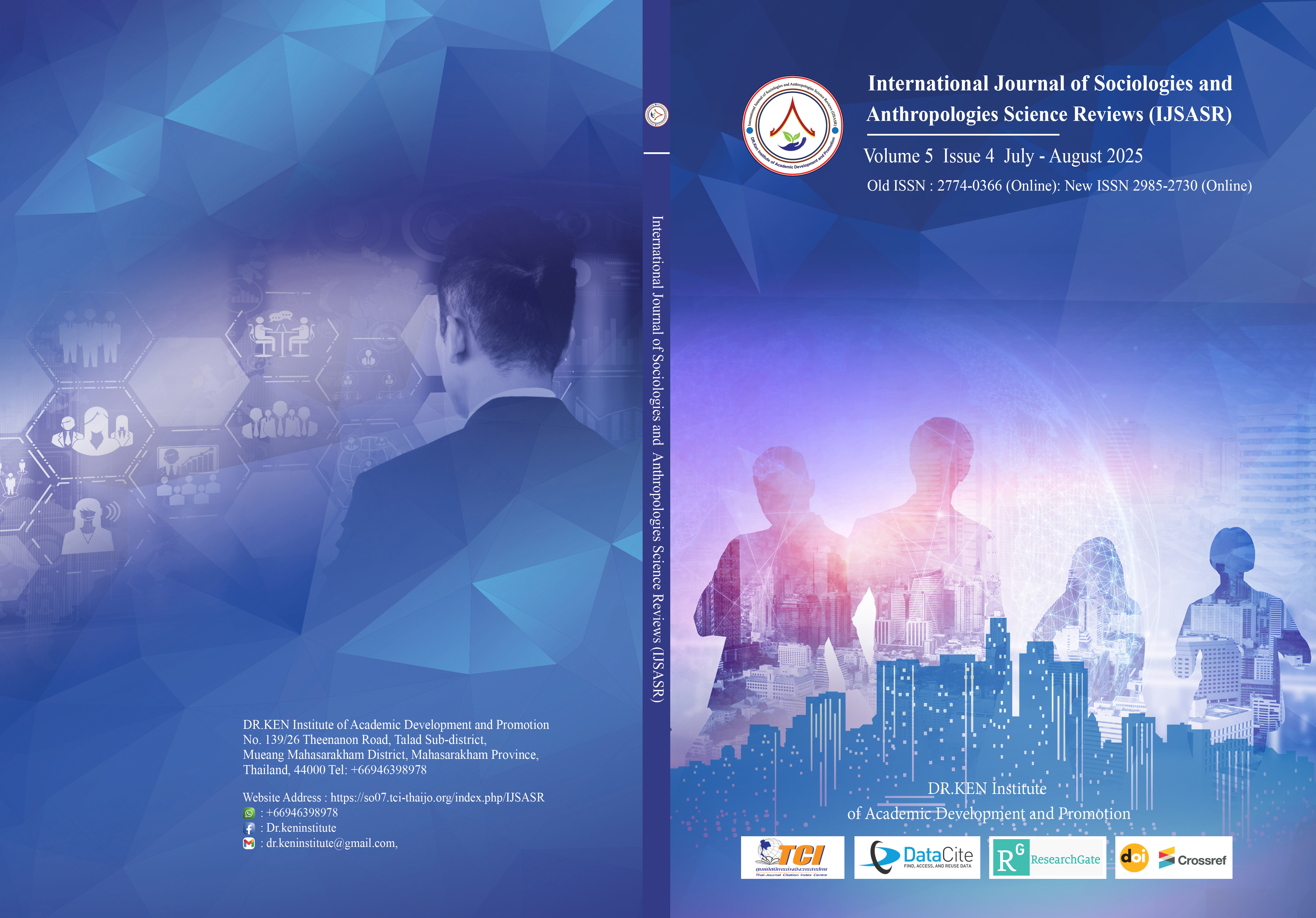Cultural Empowerment through Wind Turbine Design: Translating Local Imagery into Renewable Infrastructure
Main Article Content
Abstract
Background and Aim: This study examines how the decorative design of wind turbines can serve as a means of cultural empowerment by translating local cultural imagery into renewable energy infrastructure. It proposes a new framework that integrates cultural heritage into turbine aesthetics, moving beyond technocentric approaches to show how turbines can reflect both ecological context and community identity.
Materials and Methods: The research employs a three-part interdisciplinary methodology combining cultural semiotics, design anthropology, and parametric modeling. Traditional cultural motifs are adapted to turbine structures through symbolic extraction, spatial adjustment for visibility on rotating blades, and collaborative design involving local communities. Several cross-cultural case studies are analyzed to assess the integration of symbolic elements into functional infrastructure.
Results: The findings reveal that culturally inspired turbine designs, such as Indigenous fractal patterns and ancestral geometries translated via algorithmic design, enhance public acceptance without compromising aerodynamic performance. A typology of cultural adaptation strategies and a Cultural Heritage-Driven Design (CHD) matrix are introduced. Community involvement is reframed as a co-creative ritual that bridges modern engineering with ancestral knowledge.
Conclusion: This study positions cultural relevance as an essential dimension of sustainable design, offering practical tools for implementing culturally adaptive renewable infrastructure. The proposed models are scalable across different cultural and geographic contexts, suggesting that wind turbines can become more than energy devices—they can act as living monuments of ecological wisdom and cultural continuity. The results have implications for global energy policy, design education, and future heritage-compatible infrastructure standards.
Article Details

This work is licensed under a Creative Commons Attribution-NonCommercial-NoDerivatives 4.0 International License.
Copyright on any article in the International Journal of Sociologies and Anthropologies Science Reviews is retained by the author(s) under the under the Creative Commons Attribution-NonCommercial-NoDerivatives 4.0 International License. Permission to use text, content, images, etc. of publication. Any user to read, download, copy, distribute, print, search, or link to the full texts of articles, crawl them for indexing, pass them as data to software, or use them for any other lawful purpose. But do not use it for commercial use or with the intent to benefit any business.

References
Barthes, R. (1977). Image-music-text (S. Heath, Trans.). Hill and Wang.
Bhabha, H. K. (1994). The location of culture. Routledge.
Cheng, B. (2010). The space between: Locating "culture" in artistic exchange. Ars Orientalis, 40, 81–120.
Frampton, K. (1995). Studies in tectonic culture: The poetics of construction in nineteenth and twentieth century architecture. MIT Press.
Lotman, Y. M. (1990). Universe of the mind: A semiotic theory of culture. Indiana University Press.
Manzini, E. (2015). Design, when everybody designs: An introduction to design for social innovation. MIT Press.
Ni, H. (2024). The archaeological value, excavation, and digital development of the Liangzhu site and its impact on the urban culture of the museum. Mediterranean Archaeology and Archaeometry, 24(3), 206–222.
Oxman, R. (2010). Morphogenesis in the theory and methodology of digital tectonics. Design Studies, 31(2), 149–173. https://doi.org/10.1016/j.destud.2009.12.002
Papanek, V. (1984). Design for the real world: Human ecology and social change. Academy Chicago Publishers.
Parameswaran, R. (2002). Local culture in global media: Excavating colonial and material discourses in National Geographic. Communication Theory, 12(3), 287–315.
Robb, J. (2024). Translation and transformation: The materiality of rock art in a world of bytes. In Deep-time images in the age of globalization: Rock art in the 21st century (pp. 259–273). Springer.
Rowe, N. A., & Areford, D. S. (2017). Introduction: Excavation and image. In Excavating the medieval image (pp. 1–9). Routledge.
Schumacher, P. (2009). Parametricism: A new global style for architecture and urban design. AD Architectural Design, 79(4), 14–23. https://doi.org/10.1002/ad.912
Smith, L. (2006). Uses of heritage. Routledge.
Watterson, A., & Hillerdal, C. (2020). Nunalleq, stories from the village of our ancestors: Co-designing a multi-vocal educational resource based on an archaeological excavation. Archaeologies, 16(2), 198–227.






